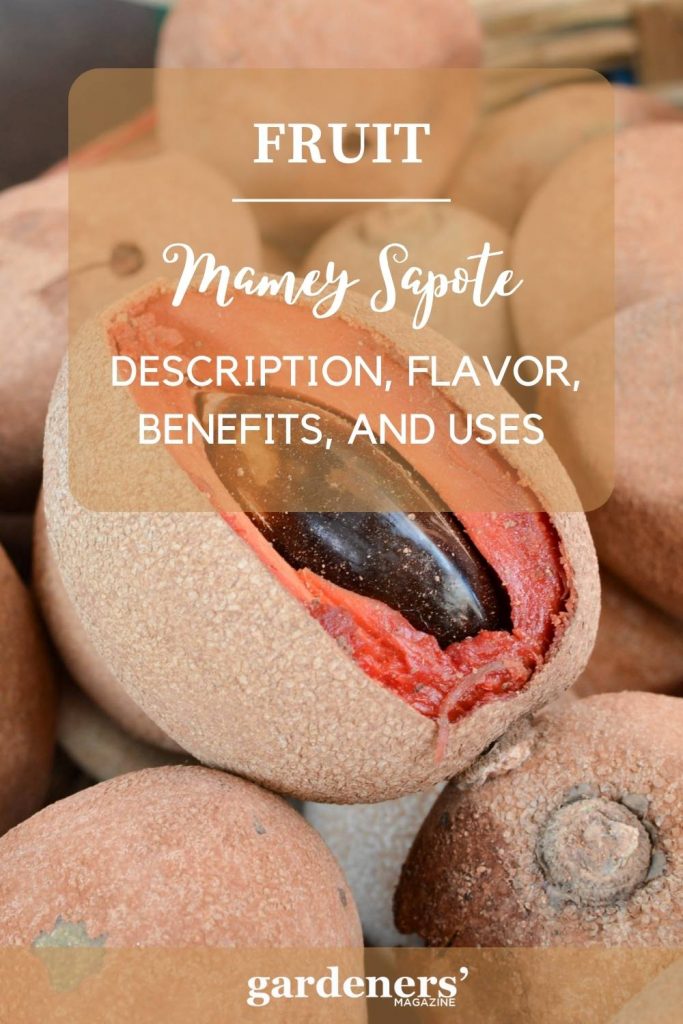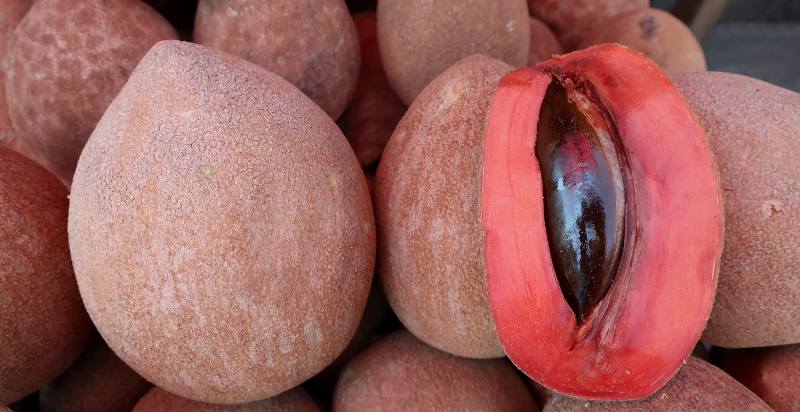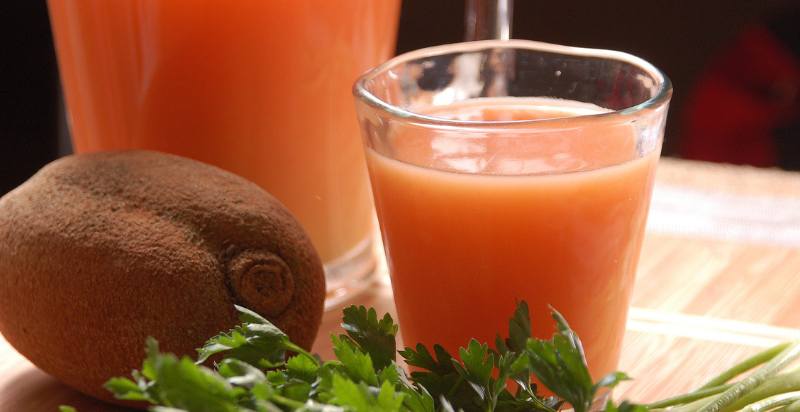Mamey sapote (Pouteria Sapota) is a tropical fruit tree in the Sapotaceae family, native to Central America and parts of South America. It produces delicious orange-red flesh fruit with a sweet taste and creamy texture. The skin of the mamey sapote ranges in color from dark brown to black, and the pulp has a firm consistency.
Mamey sapote is high in nutrients and antioxidants and is used for cooking, juicing, desserts, preserves, jams, and more. It is also known for its health benefits, such as aiding digestion, boosting immunity, regulating blood sugar levels, and preventing cancer. Here, you can learn more about mamey sapote, from its origin to its nutritional value.
What are Mamey Sapote, and Why are they so Popular?
Mamey sapote is a tropical fruit prized for its sweet, creamy taste and many health benefits. Native to Central America and parts of South America, it has become increasingly popular in the United States. Growing up to 30 feet tall, mamey sapote trees produce yellow-orange fruits with brownish-black skin. The firm flesh contains a large stone and is deliciously eaten raw or made into jams, desserts, and juices.

History and Origin of the Mamey Sapote
Mamey sapote has been cultivated in Central America and parts of South America for centuries. It was introduced to Europe in the 16th century and eventually made its way to the United States after Spanish explorers brought it from Mexico in the 18th century. Mamey sapote trees can now be found growing in tropical climates worldwide.
Nutritional Value of Mamey Sapote
Mamey sapote is rich in nutrients and antioxidants, making it a great addition to any diet. It’s an excellent source of dietary fiber, vitamins C, A, and B6, and minerals such as magnesium and potassium. It also contains carotenoids, which are beneficial for eye health. Mamey sapote is low in fat and calories, making it a great choice for those looking to lose weight or maintain a healthy lifestyle.
Flavor Profile of the Mamey Sapote
The flavor of mamey sapote is sweet and creamy with a hint of nuttiness. It has notes of apricot, peach, mango, and banana, making it perfect for desserts or smoothies. Its pulp can also be used to make jam and other preserves.
Where to Find the Best Quality Mamey Sapote?
Mamey sapote is widely available in Latin American markets, specialty stores, and online. When selecting a mamey sapote, look for one that feels heavy for its size and has unblemished skin. Avoid any fruits with soft spots or discoloration.

How to Store Mamey Sapote?
If you’ve purchased mamey sapote that isn’t quite ripe yet, place it in a paper bag at room temperature for several days. Once the fruit is ripe, refrigerate and eat within three to five days. Mamey sapote can also be frozen and used later for smoothies or jams.
How do you Use Mamey Sapote?
One popular combination is to mix mamey with bananas and top it off with some yogurt or honey for a tasty treat. This combination is great as a mid-morning snack or dessert. You can also add some fresh mint leaves for an extra pop of flavor. For a savory twist, you can combine mamey with tomatoes, onions, garlic and cilantro. This is a great addition to tacos or burritos. The sweetness of the mamey will help balance out the savory flavors of the other ingredients. The possibilities are endless when it comes to mamey combinations. Get creative and explore the many recipes available to make meals that are extraordinary.

Conclusion
Mamey sapote is an incredibly delicious and nutritious fruit with a sweet, creamy taste. It’s packed with antioxidants, vitamins, minerals, and dietary fiber, making it an excellent choice for any diet. With its versatile flavor profile and easy storage methods, mamey sapote will surely become a favorite in your kitchen. Whether eaten raw, blended into a smoothie, or used to make jams and other preserves, mamey sapote will surely add an unforgettable flavor to any dish.
- Everything You Wanted to Know About Red Tamarillos - June 2, 2025
- A Guide to Tulips: Everything You Need to Know & More… - June 2, 2025
- Guanabana: Description, Flavor, Benefits, And Uses - May 27, 2025
